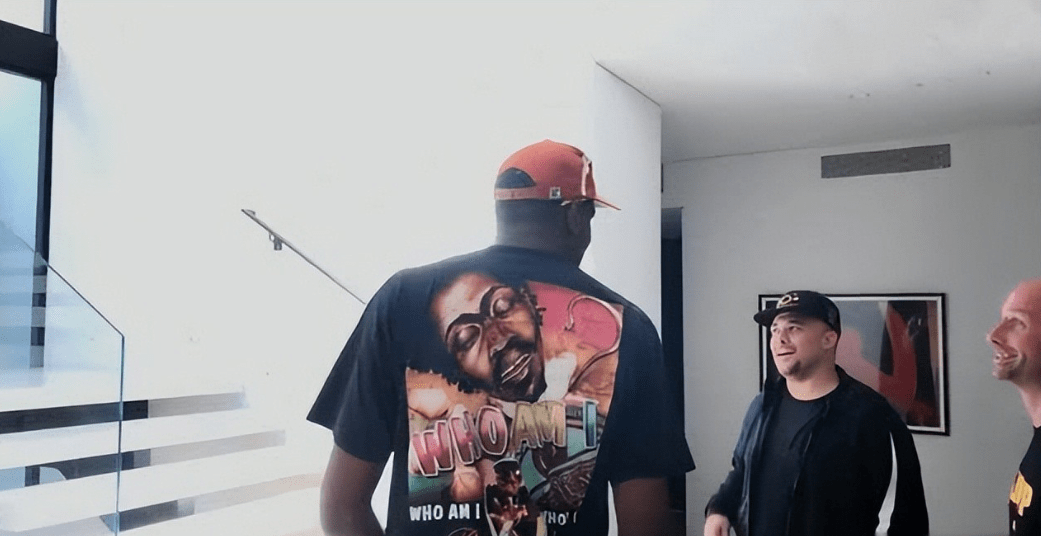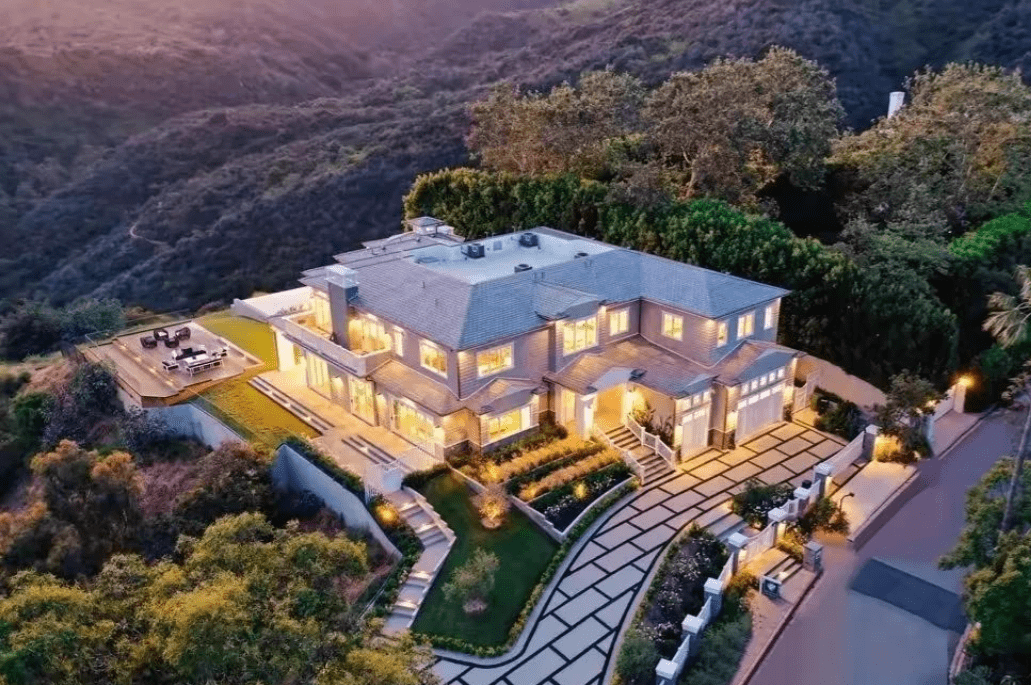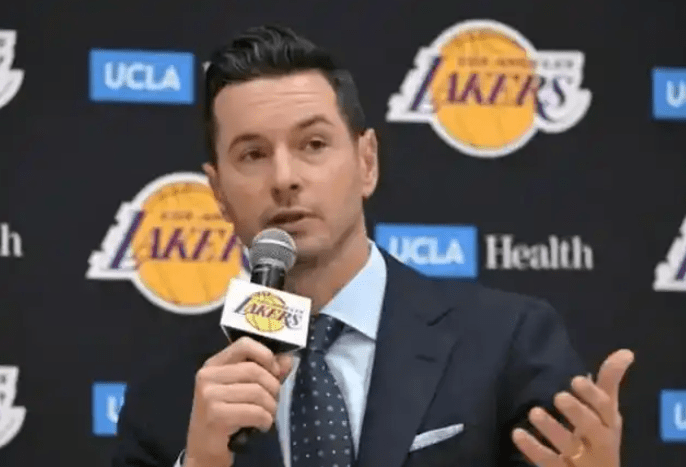"Is owning a mansion a blessing or a burden?" When nature hits the disaster button, this question almost becomes an inescapable concern for everyone. The Los Angeles wildfires of 2025 were a real-life "brain-burning test." A sudden disaster turned the wealthy areas into ruins, and those NBA stars who were once invincible on the court had to face the wrath of nature. Kawhi Leonard's multiple mansions became sacrificial items in the fire, and the "comfortable homes" of Durant, Redick, and others were destroyed beyond recognition. What was once a mansion is now not even considered a place to shelter from the wind and rain.

In the midst of the ruins, some may ask: Why do these wildfires always seem to favor the wealthy areas of Los Angeles? Is it really just "bad luck"? In fact, this is a silent struggle between climate change and human urban expansion - and these stars living in "high-value locations" are the unfortunate losers caught up in this natural disaster.

It should be noted that since the NBA entered the era of super commercialization, stars often have the ability to build themselves a mansion comparable to a modern palace. Players like Leonard, worth hundreds of millions, naturally have more than one mansion, and they are even custom-made for luxury. But this wildfire caused him heavy losses: not only were many of his mansions burned to ashes, but the carefully selected furniture and collections were also completely destroyed. This is not just a financial loss; it also hides immeasurable family pressure.

Imagine working hard for years outside, finally building with your own hands a dream home that represents success, only to have it flattened in an instant. Who can calmly accept that sense of powerlessness?

Leonard is undoubtedly the most severely affected representative of this incident, but he is not alone. Kevin Durant, J.J. Redick, and Paul George, among other NBA stars, have also suffered similar misfortunes. The parts of their mansions that were not burned still require high repair costs. Although insurance compensation can cover part of it, it is far from enough to make up for the loss of intangible value. The rich are not absolute safe havens for property either.

Why has the wealthy area of Los Angeles become a hotspot for frequent wildfires? The answer is inseparable from several key factors. First, these high-end residential areas are mostly located in beautiful "mountains or woods." Although the environment is charming, they are located in high-risk areas for wildfires.

Moreover, the properties and buildings in this area often have large areas of green plants, and once a fire breaks out, the consequences are unimaginable.

From a broader perspective, this is not just a problem of geographical location. In recent years, the frequency and destructiveness of California wildfires have continued to rise, closely related to climate change. Drought, rising temperatures, and dry vegetation have significantly increased the "flammability of wildfires." While the rich living in these areas enjoy the gifts of nature, they are also pushed to the forefront by the same nature. Here, it makes people feel a kind of contradiction: the luxurious mansions in the rich areas stand tall, yet they are as fragile as paper castles in front of nature.
In fact, for the stars living in Los Angeles, wildfires are not the only natural disasters to worry about. Living in California, where destructive disasters occur frequently, they have long experienced the power of earthquakes.
Take Paul George as an example. His Los Angeles mansion was specially designed with earthquake-resistant features. However, even so, a medium-sized earthquake in 2020 caused some of the luxurious collections inside the mansion to fall and be damaged. One might ask, are these wealthy people living in the "top stream" of America always on guard for the next disaster? Wealth can certainly buy short-term security, but it does not necessarily guarantee long-term peace of mind.
What's more interesting is that despite the repeated warnings of disasters, the "lagging response" of local governments in dealing with disasters has added to people's unease about the future. According to data, there is a huge gap between California's annual wildfire protection expenditure and actual needs. In many wildfire reports, the serious shortage of regional firefighting resources has been repeatedly emphasized, yet the government still owes this account. After the damage to the mansions in the wealthy areas, the inadequacy of municipal emergency management capabilities has once again been pushed to the forefront of public opinion.
However, speaking of the story between NBA star mansions and disasters, it is not all sadness. In fact, many stars are not just passive "onlookers" of disasters, but active "responsible parties." For example, Warriors coach Steve Kerr. He actively participated in rescue operations during a wildfire in 2018, donating money out of his own pocket to homeless victims, and this money was specifically used to rebuild the destroyed community. Not only that, Kobe's Mamba Sports Academy was almost affected by a wildfire. Faced with the threat of a wildfire, Kobe and his team decisively moved equipment and transferred training resources in an orderly manner, successfully avoiding a disaster for the academy.
Looking at LeBron James in 2018, his mansion in Brentwood narrowly escaped being engulfed by the flames, but the James family still evacuated overnight. Afterwards, James immediately went public, using his immense influence to call for donations to the fire department. On social media, he frankly stated, "Life and safety are more important than material possessions." This voice undoubtedly made more of the public start to pay attention to the issues behind the wildfires.
There is no denying that these stars are worthy of praise for using their platforms to actively promote the allocation of social resources. The inspiration brought by wildfires has also led them to incorporate more protective thinking into rebuilding their "homes." For a society, this change in consciousness is also a kind of wealth.
As an old saying goes, "We're not afraid of thieves stealing, we're afraid of thieves coveting." This is also true in the face of natural disasters. No matter how much your house burns for, as long as you are in a high-risk area, no one can escape unscathed. With earthquakes and wildfires becoming more common, does house design need further optimization? Should building disaster resistance standards keep pace with climate change? These more macro issues are actually insights left to each of us by wildfires.